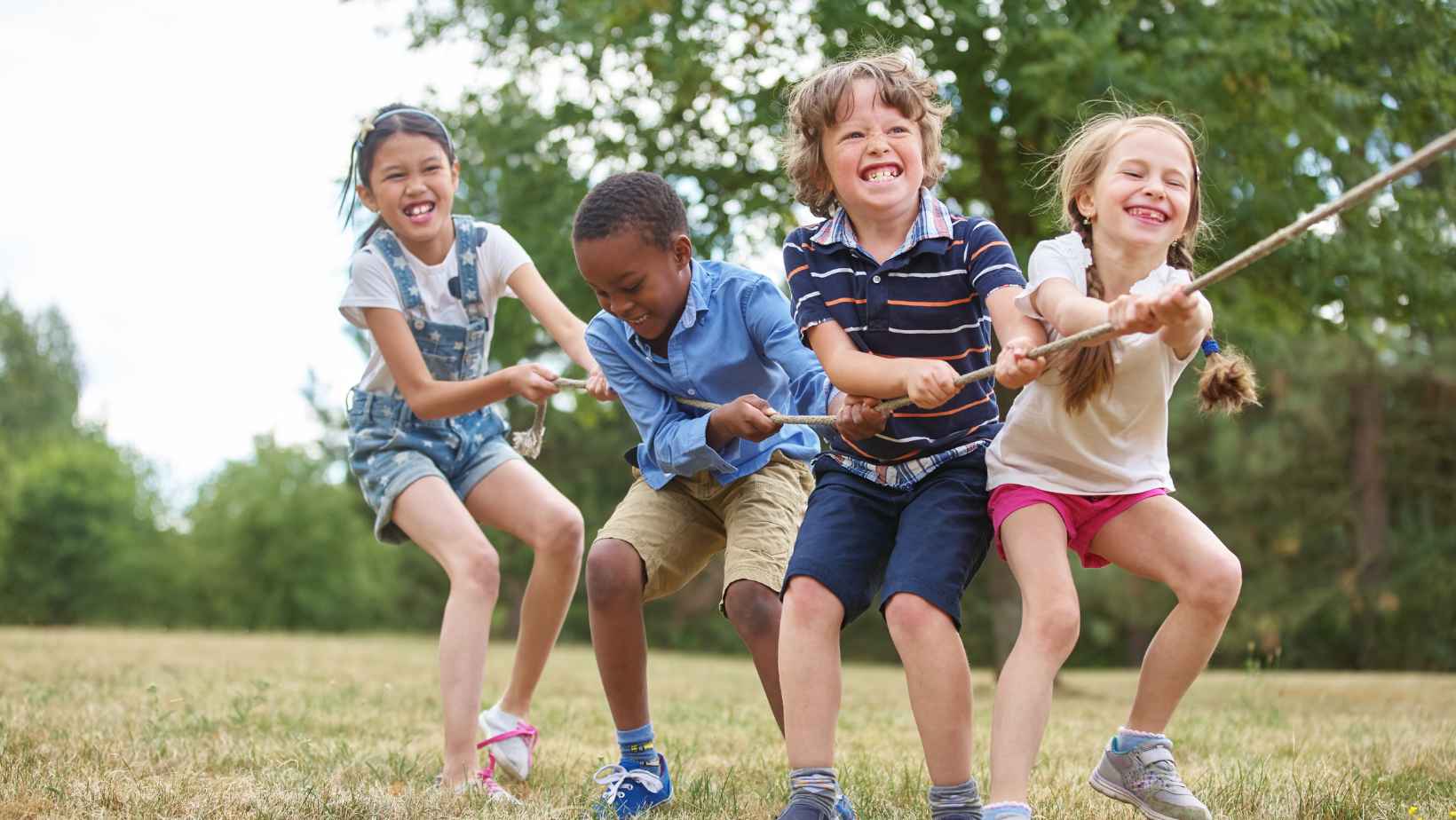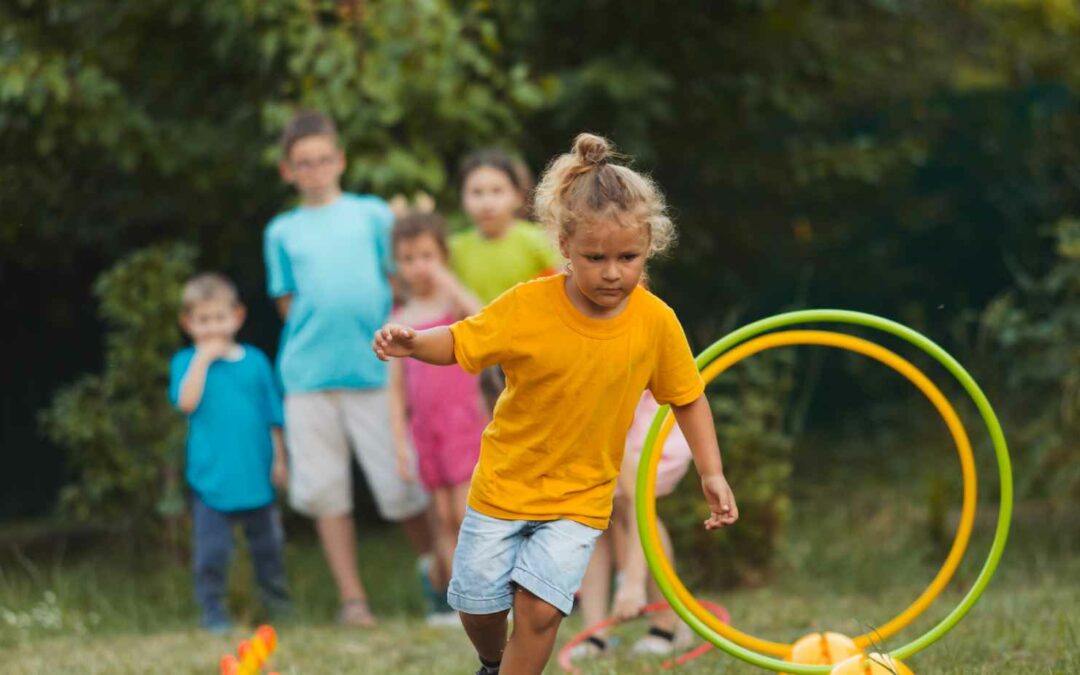When it comes to finding the perfect place for toddlers to play and explore, parks specifically designed for their needs are an ideal choice. Parks for toddlers offer a safe and enjoyable environment where little ones can engage in age-appropriate activities while developing their physical, cognitive, and social skills. These parks are thoughtfully designed with features that cater to the unique needs and interests of young children.
One of the key advantages of parks for toddlers is the presence of age-appropriate playground equipment. From colorful slides and swings to climbing structures and sandboxes, these parks provide a wide range of play options that are suitable for young children. The equipment is often designed with safety in mind, featuring lower heights, softer surfaces, and secure barriers to ensure a worry-free play experience.
Parks For Toddlers
The Benefits of Outdoor Play for Toddlers
When it comes to parks for toddlers, the benefits of outdoor play are numerous. Toddlers thrive in natural environments where they can explore, engage their senses, and develop essential skills. Here are some key advantages of taking your little one to a toddler-friendly park:
- Physical Development: Outdoor play allows toddlers to enhance their gross motor skills by running, climbing, and jumping. It promotes better balance and coordination, which are crucial for their overall physical development.
- Cognitive Stimulation: Parks provide a wide range of stimulating activities that foster cognitive growth in toddlers. Whether they’re observing nature or solving simple puzzles on playground equipment, these experiences encourage problem-solving skills and critical thinking.
Promoting Physical Development through Park Activities
Parks designed specifically for toddlers offer a plethora of activities geared towards promoting physical development. Here’s how these activities can benefit your little one:
- Play Structures: Toddler-friendly parks often feature age-appropriate play structures such as slides, swings, and climbing frames. These structures help improve balance and coordination while allowing children to explore different movements safely.
- Nature Trails: Exploring nature trails within parks not only provides an opportunity for exercise but also encourages curiosity about the natural world around them. Walking or toddling along these paths helps strengthen leg muscles and improves endurance while introducing toddlers to the wonders of flora and fauna.
- Open Spaces: Ample open spaces give toddlers room to run freely without constraints or obstacles. Running on grassy fields or playing catch with caregivers helps build strength in their legs and enhances overall physical fitness.
Socialization and Cognitive Development at Parks
In addition to physical benefits, parks for toddlers also provide valuable opportunities for socialization and cognitive development. Here’s how:
- Social Interaction: Interacting with other children in the park helps toddlers develop crucial social skills such as sharing, taking turns, and collaborating. These interactions foster empathy, cooperation, and communication abilities that are essential for their future relationships.
- Imaginative Play: Many toddler-friendly parks have designated areas where children can engage in imaginative play. Whether it’s a mini kitchen or a sandbox filled with toys, these spaces encourage creativity, imagination, and role-playing skills in young minds.
- Language Development: Visiting parks exposes toddlers to new vocabulary as they encounter different objects, animals, and experiences. Caregivers can engage in conversations about what they see around them, expanding their language skills and fostering early literacy development.

Safety Measures For Toddler Playgrounds
When it comes to parks for toddlers, safety is of utmost importance. As a parent or caregiver, ensuring that the playground is a safe environment for your little one is crucial. Here are some key safety measures to keep in mind:
- Age-appropriate equipment: Toddler playgrounds should be designed specifically with their needs in mind. Look for equipment suitable for children aged 2-5 years old, with lower platforms, shorter slides, and smaller steps. This helps prevent accidents and ensures that the equipment is accessible and manageable for toddlers.
- Soft surfacing: Opt for playgrounds with soft surfaces such as rubber mats or wood chips underneath the play structures. These materials provide cushioning in case of falls and help reduce the risk of injuries.
- Adequate fencing: A well-maintained fence around the toddler playground can help prevent little ones from wandering off into potentially dangerous areas. The fence should be sturdy, at an appropriate height, and free from any gaps where a child could squeeze through.
Remember, even with these safety measures in place, close supervision is still essential when your toddler plays at the park. Encourage proper behavior such as no pushing or running on slippery surfaces, and teach them about potential hazards like hot surfaces or broken equipment.
By following these safety guidelines, you can create a safer environment for your toddler to explore, have fun, and develop their physical skills in parks designed specifically for them.
Jessica has a flair for writing engaging blogs and articles. She enjoys reading and learning new things which enables her to write different topics and fields with ease. She also strives to break down complex concepts and make them easy for anybody to comprehend.





